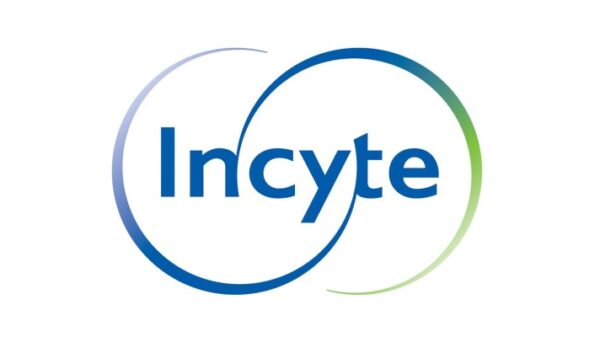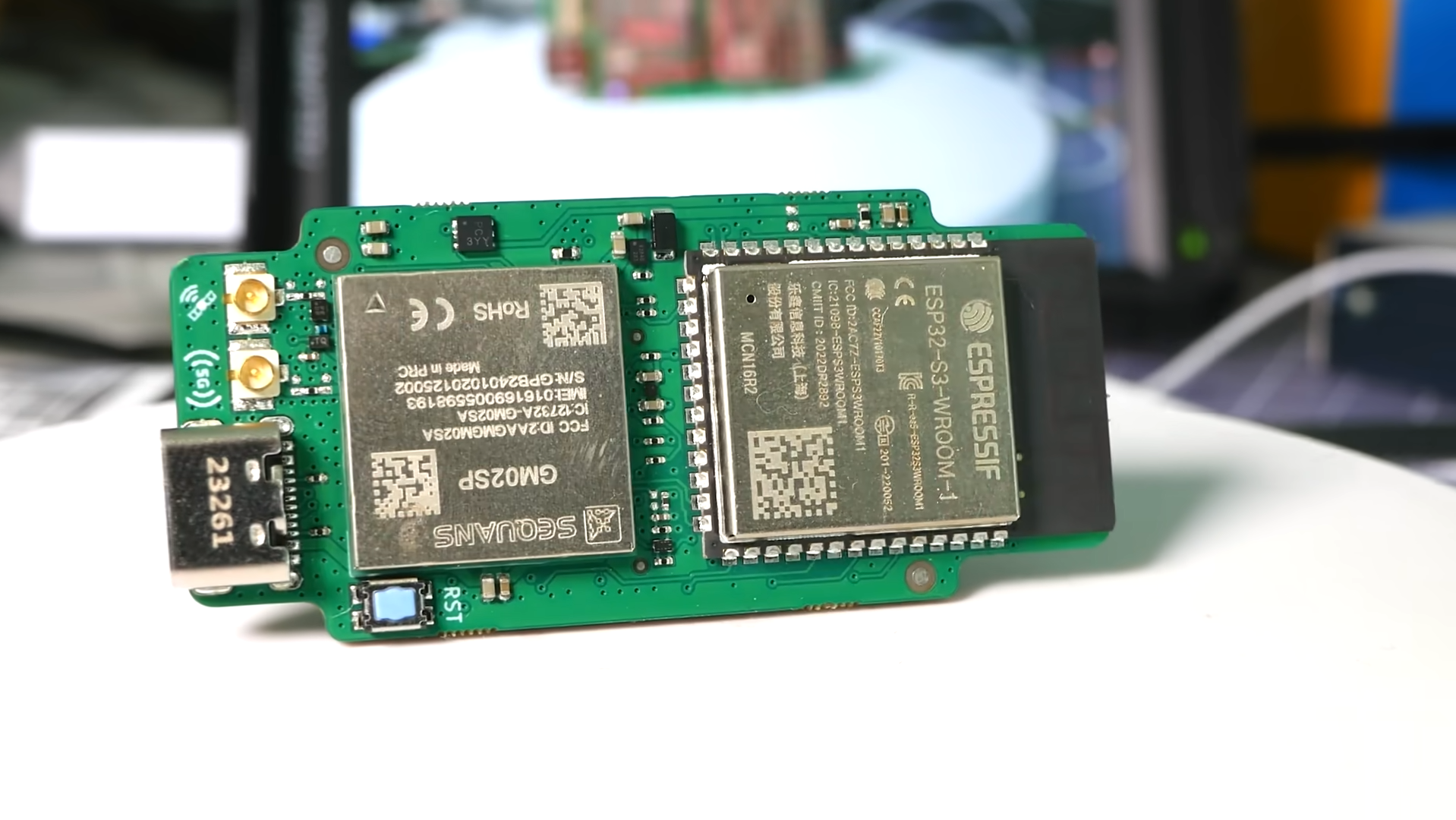A new cellular modem called Walter has emerged, offering a solution for IoT projects as traditional 2G connectivity fades. Developed by DPTechnics in Belgium, Walter combines an ESP32-S3 for WiFi and Bluetooth Low Energy (BLE) with a Sequans Monarch chip for GSM and GNSS connectivity. Unlike high-speed 5G networks, this modem provides LTE-M and NB-IoT connectivity, focusing on low power consumption rather than speed.
While the glory days of inexpensive 2G modules may be over, the Walter modem brings a new option for developers. It operates at speeds in the kilobits per second (kbps) rather than megabits per second (Mbps), making it ideal for specific IoT applications that require connectivity without the heavy power demands of conventional cellular networks.
Specifications and Features
The Walter modem serves as a drop-in replacement for the discontinued GPy module from PyCom, allowing users who have projects reliant on that technology to transition smoothly. Its low power consumption is particularly notable; it draws only 9.8 μA in deep sleep mode, an essential feature for battery-operated devices.
While LTE-M does not support Voice over LTE (VoLTE), the modem is a compelling option for users who require reliable data connectivity, especially in areas with cellular towers. The Walter modem has been certified by multiple regulatory bodies, including CE, FCC, IC, RCM, and UKCA. These certifications facilitate a more straightforward transition from prototype to product, minimizing bureaucratic hurdles for developers.
Market Impact and Future Prospects
The introduction of the Walter modem is timely, as many developers and businesses are adjusting to the discontinuation of 2G services worldwide. This shift highlights a growing need for alternatives that maintain connectivity without incurring high operational costs. With its open-source design and low power requirements, Walter has the potential to gain traction in the IoT market.
According to Data Slayer, who has reviewed the modem, its capabilities as a GPS tracker demonstrate its versatility. The positive feedback suggests that the Walter could be a valuable tool for a variety of applications, from environmental monitoring to smart agriculture.
The reception of the Walter modem may signal a resurgence of interest in cellular connectivity for IoT. As developers experiment with its features, it is likely that innovative applications will emerge, further demonstrating the relevance of cellular technology in a landscape increasingly dominated by alternative connectivity solutions.
With the Walter modem now available, the landscape of IoT connectivity looks promising for developers eager to integrate cellular functionality into their projects. As the industry evolves, solutions like Walter will lead the charge in adapting to new communication needs.







































































